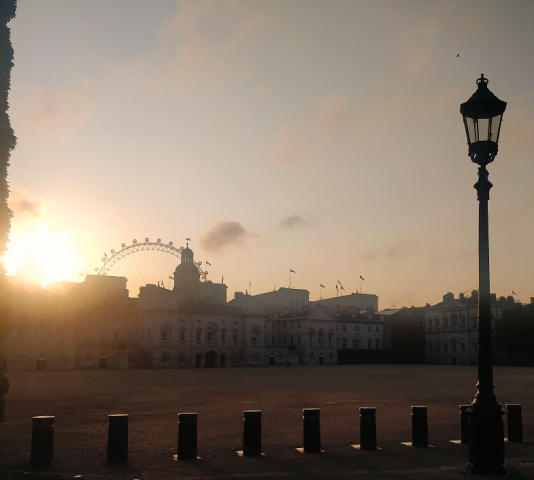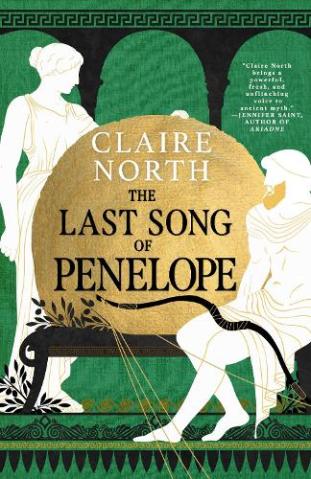In Praise of Raymond Chandler

A while back, I started in on a list of my favourite writers, and got as far as Roger Zelazny before becoming distracted by the usual plethora of Stuff and Things that keep on cropping up. But I figure now is the time to remedy that and get onto Great Hero No.2 – Raymond Chandler.
And yeap, he’s not a fantasy writer. And yeah, even if you haven’t read him, you’ll have read someone trying to be him. Every edgy, witty, sharp-tongued noir crime thriller you’ve read (or seen) since 1945 is either consciously or unconsciously pinching from Chandler, to varying degrees of success. A quick sum-up for the uninitiated…
Raymond Chandler got scribbling in the 1930s, and his main character, Phillip Marlowe, still remains one of the most famous fictional detectives of all time. A private eye in Los Angeles, Marlowe was on perpetual edge of almost being paid for his time, a man of battered but decent principals in a town without any. The plots clock up a respectible body count, but are very rarely kicked off by anything other than a passing act of pettiness or an accidental moment of compassion on a night like any other. What sets Chandler apart was the way the stories were told – Chandler could to more with 5 words than most other writers can say in 50. There’s been numerous films of his work made, ranging from the Big Sleep starring Humphrey Bogart and Lauren Bacall, to some really, really iffy adaptations set in the 1970s starring bad hair, dubious trousers and not much else of note. The Singing Detective also borrowed (lovingly) from Chandler, in ways ranging from the obvious to the geeky that you’d kinda have to squint to spot.
A legend, probably a myth, relating to Chandler’s approach to plot, relates to a phone call he received from the director working on the film adaptation of one of his novels. The director complained that he just didn’t understand what was going on at this bit of the film, to which Chandler’s reply was ‘just have a guy come in with a gun’. While not exactly a solution Jane Austen would have gone for, it has a lot going for it…
My other, favourite Chandler quote, and a slightly more pretentious one, relates to an occasion when Chandler was asked by his publisher to review another author’s book and give him a favourable quote. To my annoyance, I can’t find the exact words on my bookshelf, but his essential reply to this request boiled down to, ‘I’d love to, but I can’t. The writer has craft, he has skill, he understands character, he understands plot, he’s got narrative and rhythm. But I can’t give me a good review, because he just doesn’t hear the music.’
Now, while this is, from a technical point of view, pretty harsh, anyone who’s spent more than a few chapters in the company of Raymond Chandler’s prose will fairly quickly work out what he’s talking about. It’s not the characters, and certainly not the plot, that sweeps you along when you read Chandler. It is a sense of momentum, an immersion into something which cannot be described as anything more than absorption into a story, can’t be broken down into any more nor less true than to say that the writing has a kind of music, that catches you and pulls you along, whether you meant to go or not.
Chandler would probably resent being told that he was also the master of the one-liner, so I’ll put in several lines instead. This description is on page 1 of Farewell My Lovely, and was the first taste of Chandler I ever had….
‘He was a big man but not more than six feet five inches tall and not wider than a beer truck… His arms hung loose at his sides and a forgotten cigar smoked behind his enormous fingers. Slim quiet negroes passed up and down the street and stared at him with darting side glances. He was worth looking at. He wore a shaggy borsalino hat, a rough gray sports coat with white golf balls on it for buttons, a brown shirt, a yellow tie, pleated gray flannel slacks and alligator shoes with white explosions on the toes…. There were a couple of colored feathers tucked into the band of his hat, but he didn’t really need them. Even on Central Avenue, not the quietest dressed street in the world, he looked about as inconspicuous as a tarantula on a slice of angel food.’





